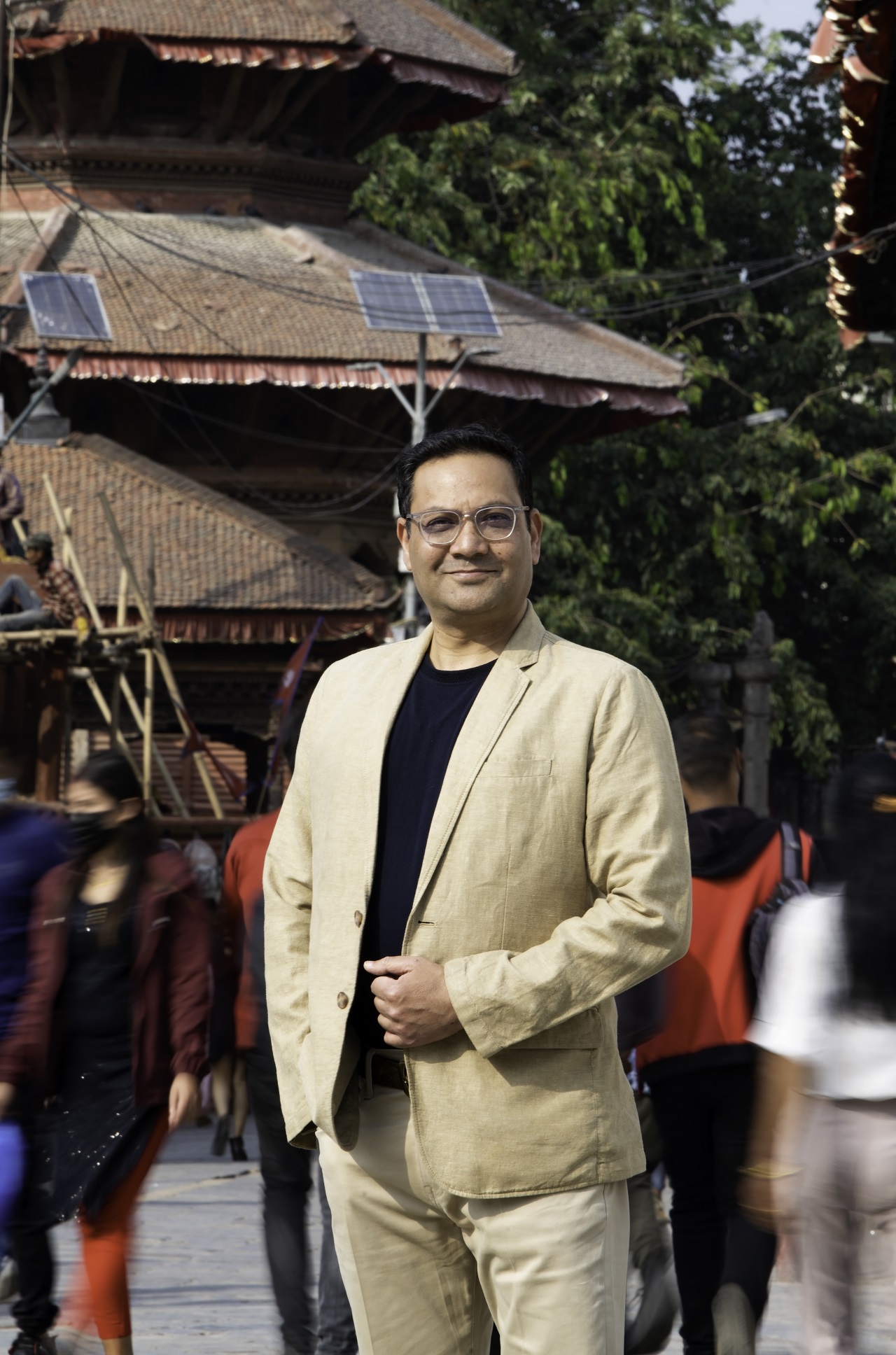The Skin Symphony: Scientist makes it for you
The skin, our largest organ, plays a vital role in the overall well-being of human life. It serves as a protective barrier, regulates body temperature, and provides sensory information about the environment.

Skin is our body’s largest organ. Worldwide, millions of people suffer from large, deep skin defects requiring surgical interventions to restore skin function. Skin defects can be acute (burns and trauma) or elective (scar revisions, giant nevi or tumor resections, plastic surgery, etc.).
Burns are a global public health problem and a major cause of death and disability globally. They account for an estimated 180,000 deaths annually. Children represent a large proportion of people with burn injuries globally and often sustain major injuries that require critical care and surgical intervention.
The current standard of care: auto-grafting—is often not available in sufficient quantities due to donor site shortages, produces skin that is too thin, and results in permanent painful, debilitating, and disfiguring scars that frequently require follow-up corrective surgeries.
Annually, at least 11 million patients suffer from severe burns and require skin surgery to restore skin function. When patients suffer from large and deep burns, the ability to quickly, affordably, and consistently provide large quantities of skin grafts is essential. Survival from major burns is closely related to how quickly definitive wound closure is achieved. After surgery, quality of life must take center stage in patients’ management and support.
Speeding and scaling up the culturing process of bio-engineered, personalized skin grafts that minimally scar can be a game changer for saving the lives of patients with major burns. At the same time, patients’ healthy skin donor sites can be spared, and the post-treatment quality of life is superior compared to the current standard of care. This also applies to skin treatments beyond burns.
The start-up project is currently being tested in three Phase II clinical trials to evaluate its safety and efficacy. The three trials differ in patient populations and indications. The group of scientists aims to give patients more of their own skin to make them well again. After more than 20 years of research and development, the lead product promises to take skin surgery to the next level and revolutionize current treatments.
The product that going to be a personalized human skin graft that can now be bioengineered in large quantities, starting from a small, postage-stamp-sized piece of healthy skin. It promises to grow with the patient, limit scarring, and drastically reduce the number of follow-up corrective surgeries required, particularly in children. The outcome is potentially life-saving and life-changing.
It is in late-stage clinical trials in Switzerland and the European Union and is also accessible for compassionate use. They have given a brand name for this as denovoSkinTM and it has been granted orphan drug designation for the treatment of burns from Swissmedic, EMA, and the FDA.
The bio-engineering process goes: with a small biopsy of healthy skin harvested from the patient. The biopsy is processed to isolate epidermal and dermal cells. The cells are expanded in vitro and thereafter used in combination with a hydrogel to create a dermo-epidermal skin graft. It is now ready to be transplanted onto the patient’s wounds, sounds phenomenal.
The great achievement at this stage is that The safety trials for the Bio-Engineered Skin have been completed. The efficacy trials are ongoing at various hospitals in Switzerland and the EU.
It has a lot of potential as it could greatly benefit patients with burns, skin traumas, those that undergo reconstructive or plastic procedures, and patients with skin cancer or cutaneous congenital malformations.
Since the research outcome is going to be a patented, personalized, autologous bio-engineered human skin graft classified as an Advanced Therapy Medicinal Product (ATMP) in the EU. It is engineered in large quantities, starting from a stamp-sized skin biopsy of the patient, thereby addressing the issue of donor site shortages.
Moreover, because of its dermo-epidermal structure, it promises to lead to minimal scarring after transplantation. This considerably reduces further corrective interventions and post-surgery home care, allowing also for considerable healthcare cost savings.
Automated Manufacturing
Skin is our largest organ—adults carry around 3.6 kilograms and 2 square meters of it. The bio-engineering of personalized skin tissue therapy faces scale-up challenges.
The group of scientists is working on the translation of the current manual manufacturing process into an automated, fully closed one. Automation is expected to decrease production costs and time, ensure the robustness of the process, and allow for the decentralization of manufacturing.
The co-founder and Research team lead Dr. Daniela Marino says in one of our conversations “We have developed our own unique approach to bioengineering human skin tissue composed of three modules: cell isolation (SemotissTM), cell expansion (Quantum®), and skin tissue formation (denovoCastTM). Starting from a patient’s biopsy and working in sequence, the modules produce the personalized skin graft denovoSkinTM. Once clinical readiness is reached, our company CUTISS plans to make automated machines available to hospitals and burn centers around the world”
I am very happy and honored to share the information very firsthand with my readers. I have established a connection with Dr. Daniela so that we can straightway bring the technology from Switzerland to Nepal. Here, compassionate use of this novel dermo-epidermal cultured autologous skin substitute might decrease morbidity and mortality even before the product becomes commercially available. Bioengineering technology has proven the possibility of expansion of full-thickness skin cover for major burns would be a paradigm shift in the care of such patients.
I myself am very hopeful about the ongoing research and innovation to maintain the beautiful symphony of human skin.
Enjoy reading!
Disclosure: Thank you Dr. Daniela – I have kept a lot of lines “as it is” based on the discussion we had in the Zoom meeting.


